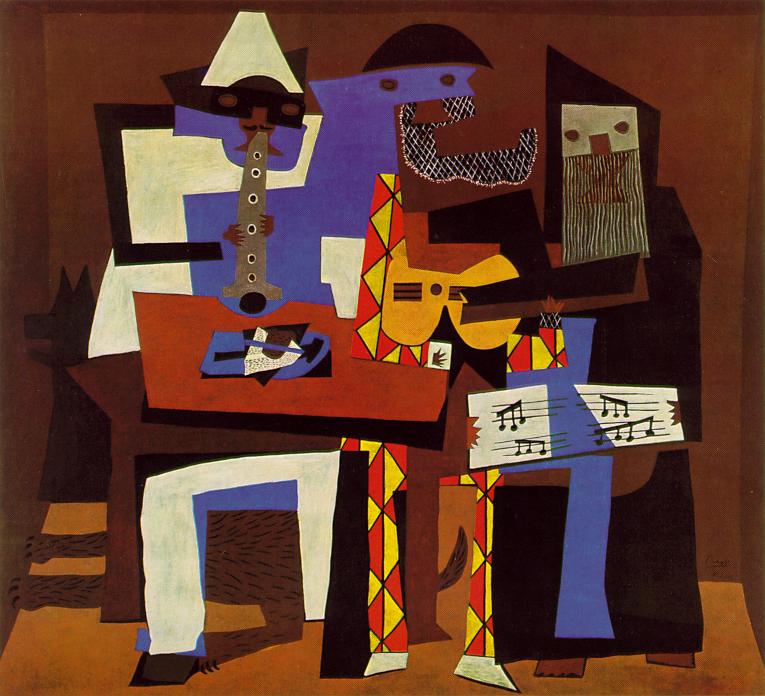Can we backwards-design education? Can we determine in advance where our students will end up? should end up? And can we determine the script all our students need in order to end up there?
#digped #constructivism pic.twitter.com/3cbTSSPgtK
— Kris Shaffer (@krisshaffer) August 10, 2015In many ways, backwards design is simply a return to behaviorism ― the idea that what matters is student output ― or cognitivism ― the idea that the mind is a black box, and that educating the mind means determining the appropriate inputs to attain the desired outputs.
This is problematic thinking, both from what we know about the human brain, but also from what we know as humans.
The above picture ― a reflection of mine during Audrey Watters’s keynote at Digital Pedagogy Lab ― summarizes the problem well: we are using machine learning as a metaphor, or really a model, for human learning, when we still don’t even know how to get machines that we invented to learn what we want them to learn.
#digped pic.twitter.com/XJ6alH1Enu
— Kris Shaffer (@krisshaffer) August 10, 2015And yet goals are real. Our students have them. We have them. We have them for our students. Our students have them for us. And our institutions…
But these goals need to go beyond top-down behaviorist objectives. For example, two “learning objectives” for the final project in my recent course in Music Cognition are construct and articulate substantive, manageable goals and self-assess progress towards those goals. Helping students define goals, discern which are manageable, outline steps to take in pursuit of those goals, assess their own progress towards those goals, and rethink both the goals and the process along the way are all important parts of education. Perhaps more important than most of the content we “cover” in our classes.
It’s also clear from the research literature on learning, and especially on creativity, that memorization and understanding basic bits of knowledge is in many ways a precursor to higher-level thinking, critique, and creative use of that knowledge.
Take musical improvisation as an example. In his keynote this morning with Amy Collier, Jesse Stommel used jazz as a metaphor for learning through play and improvisation, a contrast with rigid learning objectives and predtermined outcomes. Absolutely, the best jazz musicians ― the best musicians, I would say ― are those who can improvise, those who can create music that has significant impact on poeple, and do it in the moment. That level of musical skill ― think J.S. Bach, Thelonius Monk, Miles Davis, Béla Fleck … the (hopefully not too apocraphal) improvisation “duel” between Beethoven and Liszt ― is not opposed to the rote learning of pre-established outcomes. Rather, it goes beyond it.
The same is true for the great avant-garde artists of the twentieth century. This is Picasso…

But so is this…

And this isn’t just a “learn the rules so you can break them” issue. This is a matter of internalizing the standard, accepted ways of doing things in such a robust way that we become aware of all the holes in those modes of thinking, the connections between seeming disparate things, the possibilities (and impossibilities) of what new things can be done… or at least should be tried.
#digped pic.twitter.com/McaGxZM7h7
— Kris Shaffer (@krisshaffer) August 13, 2015I agree wholeheartedly that the movement towards measurable learning or prescripted outcomes is fraught with both pedagogical and political problems. But I don’t want to throw the baby out with the bathwater. There are things that we do know about learning, and there are things that we should learn. But we cannot stop there. We learn the prescripted content and skills with the objective (pun intended) of using them as a launching point for deep, multifaceted, diverse, unpredicted ― unpredictable ― insights. Epiphanies, even.
To have an epiphany, first we need to know stuff.
So let’s teach stuff. But leave lots of room for other stuff. Because that other stuff is the stuff of education. The stuff of life.